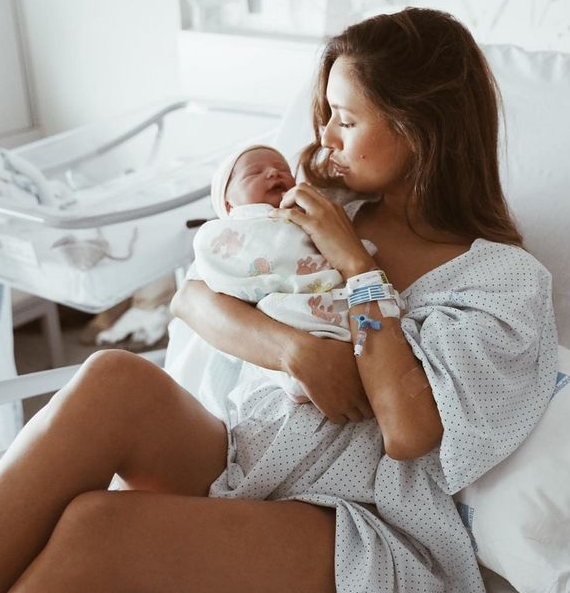GINECOLOGIA Y OBSTETRICIA - POSTPARTUM
It is called puerperium or quarantine to the period that goes from the moment immediately after delivery until 35-40 days and that is the time that the mother“s organism needs to progressively recover the characteristics it had before the pregnancy began.

 THE PUERPERIUM COMPRISES DIFFERENT STAGES:
THE PUERPERIUM COMPRISES DIFFERENT STAGES:
Immediate Puerperium: covers the first 24 hours after delivery.
Mediated Puerperium: extends from the second to the tenth day.
Remote Puerperium: concludes around 40-45 postpartum.
Late Puerperium: can reach up to 6 months if the mother chooses to feed the baby through active and prolonged breastfeeding.
If there are no complications, the puerperium will be strictly physiological, which means that the mother“s body undergoes a series of physical changes aimed at returning normalcy.
 POSTPARTUM CARE
POSTPARTUM CARE
The risks of infection, hemorrhage and pain should be minimized. In general, women are monitored at least 1 to 2 hours after the third stage of labor and for longer if regional or general anesthesia was used during labor (e.g., by use of forceps, vacuum extractor or caesarean section) or if the delivery was not completely usual.
Diet and activity. After the first 24 hours, recovery is quick. As soon as the woman wants food, she can be offered a regular diet.
Perinatal care. If the delivery was not complicated, showering or immersion bathing is allowed, but douching is prohibited in the early puerperium. The vulva should be cleaned from front to back.
Immediately after delivery, ice packs can help reduce pain and edema at the site of the episiotomy or repair a laceration; Sometimes lidocaine cream or spray can be used to relieve pain. Later, you can use sitz baths several times a day
Discomfort and pain. NSAIDs such as ibuprofen work effectively, both in perineal pain and in uterine cramps. Paracetamol can also be used. Paracetamol and ibuprofen appear to be relatively safe during breastfeeding.
Many other pain relievers are secreted in milk. After surgery or preparing a major laceration, women may need opiates to relieve discomfort.
Bladder and intestinal function. Urinary retention, bladder overstress and catheterization should be avoided whenever possible. There may be a rapid diuresis, especially when oxytocin is interrupted. Urination should be encouraged and controlled to avoid asymptomatic bladder hyperfilling.
A palpable midline mass in the suprapubic region or elevation of the uterine fundus above the umbilicus suggests bladder overstress. If it occurs, catheterization or catheterization is necessary for immediate relief of discomfort and to prevent long-term urinary dysfunction.
Breast Enlargement. The accumulation of milk can cause a painful breast enlargement during the early stages of breastfeeding. Breastfeeding itself or the act of breastfeeding helps reduce this enlargement.
Mental disorders. Passenger depression (postpartum) is very common during the first week after delivery. Symptoms (eg, mood swings, irritability, anxiety, difficulty concentrating, insomnia, crying attacks) are usually mild and usually disappear after 7 to 10 days.

List of services we offer:
Postp00